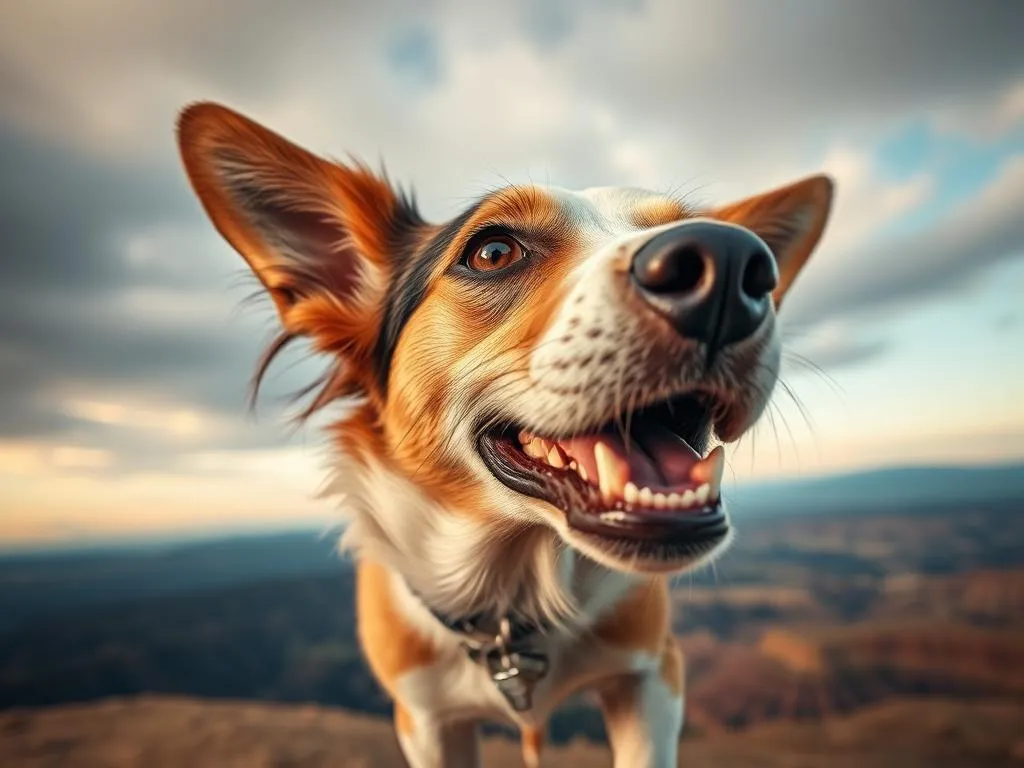
Introduction
Traveling with your furry friend can be a delightful experience, but for many pet owners, it comes with the concern of flying with an anxious dog. The prospect of air travel can provoke stress not only for the dog but also for the owner. Understanding how to manage your dog’s anxiety during this time is essential for ensuring a smooth journey. In this article, we will explore practical strategies to help your anxious dog navigate the challenges of flying, while also maintaining their health and well-being.
Understanding Canine Anxiety
Definition of Canine Anxiety
Canine anxiety refers to a state of fear or discomfort that dogs experience in certain situations, often leading to behavioral changes. This anxiety can manifest in various forms, from mild nervousness to severe panic attacks. Recognizing the signs early can help you take appropriate measures to alleviate your dog’s distress.
Causes of Anxiety in Dogs
There are numerous triggers that can lead to anxiety in dogs, including:
- Separation Anxiety: Dogs may feel stressed when left alone or separated from their owners.
- Noise Sensitivity: Loud sounds, such as those from airplane engines or airport announcements, can be overwhelming.
- New Environments: Unfamiliar places can be intimidating for dogs, especially if they have not been properly socialized.
- Previous Negative Experiences: If a dog has had a bad experience related to travel, such as a rough flight or a long car ride, they may associate travel with fear.
Understanding these causes is crucial in finding ways to help your dog cope with their anxiety, particularly when flying with an anxious dog.
Preparing for Air Travel with Your Dog
Consultation with a Veterinarian
Before embarking on your journey, it’s advisable to consult with your veterinarian. They can provide insights into your dog’s specific anxiety triggers and may recommend medical interventions, such as calming medications, that could ease your dog’s stress during travel. Discussing your plans with a vet ensures that you take all necessary health precautions for a safe journey.
Choosing the Right Travel Carrier
Selecting the right travel carrier is vital for your dog’s comfort. Here are some tips:
- Size Matters: Ensure the carrier is large enough for your dog to stand, turn around, and lie down comfortably.
- Ventilation: Choose a carrier with sufficient airflow to keep your dog cool and comfortable.
- Familiarization: Introduce your dog to the carrier well before the trip. Allow them to explore it, and even encourage them to spend time inside it with treats and toys, creating a positive association.
A well-chosen carrier can significantly reduce anxiety during the flight, making the experience easier for both you and your dog.
Training and Behavior Modification
Training your dog to cope with travel-related anxiety can be an essential step. Here are some strategies:
- Desensitization: Gradually expose your dog to the sights and sounds associated with travel. Start with short car rides and slowly progress to longer trips.
- Positive Reinforcement: Reward your dog for calm behavior when exposed to travel stimuli. Use treats and praise to reinforce positive reactions.
- Socialization: Allow your dog to interact with other dogs and people in various settings to help them adjust to new experiences.
A well-behaved and relaxed dog is more likely to handle the stress of flying with an anxious dog.
Tips for Managing Anxiety During the Flight
Pre-Flight Preparation
Preparation is key to managing anxiety during your flight. Here’s a checklist of essential items to pack for your dog:
- Food and Water: Bring enough food for the duration of the trip, along with portable water dishes.
- Toys and Comfort Items: Familiar toys and blankets can provide comfort and help reduce anxiety.
- Health Records: Keep copies of your dog’s health records, including vaccination status, handy in case of emergencies.
Arriving at the airport early can also help reduce stress. Rushing to catch your flight can heighten anxiety for both you and your dog.
During the Flight
Once you’re in the air, there are several strategies to help calm your anxious dog:
- Calming Aids: Consider using calming aids such as pheromone sprays or anxiety wraps. These products can provide additional comfort during the flight.
- Entertainment: Bring toys to keep your dog occupied. Chew toys or puzzle treat dispensers can keep their minds engaged.
- Regular Breaks: If possible, take breaks during layovers or between flights to let your dog stretch, relieve themselves, and hydrate.
Maintaining a calm demeanor yourself will also help your dog feel more secure during the flight.
Post-Flight Care
After landing, check in with your dog. Look for signs of continued anxiety or distress, such as excessive panting, pacing, or hiding. Helping your dog transition to a new environment is vital:
- Familiarization: Allow your dog time to explore their new surroundings at their own pace.
- Routine: Establish a routine for feeding, walking, and playtime to provide a sense of stability.
- Comfort Items: Keep their favorite toys or blankets available to help them feel more at home.
Being attentive to your dog’s needs can make a significant difference in their comfort level after a flight.
Alternative Options for Traveling with an Anxious Dog
Considerations for Road Travel
If your dog’s anxiety is particularly severe, consider alternatives to flying. Road travel can often be less stressful for dogs. Here are some benefits and tips for a more comfortable road trip:
- Control Over Environment: You can manage noise levels and create a more familiar atmosphere.
- Frequent Breaks: You can stop whenever needed, allowing your dog to stretch, hydrate, and relieve themselves.
- Comfortable Travel: Bring their favorite bed or blanket to create a cozy space in the car.
By planning ahead, you can make road travel a more enjoyable experience for both you and your dog.
Pet-Friendly Accommodations
When traveling, it’s essential to research and select pet-friendly accommodations. This ensures that your dog will have a safe and comfortable place to stay. Here are some tips:
- Research: Look for hotels or rentals that explicitly allow pets and have policies in place to accommodate them.
- Amenities: Check for pet amenities like dog parks, walking areas, or pet-sitting services.
- Reviews: Read reviews from other pet owners to find out about their experiences.
Finding the right place to stay can significantly reduce anxiety for both you and your dog during your travels.
Conclusion
Traveling with an anxious dog can be a daunting task, but with the right preparation and strategies, you can ensure a healthier and happier journey for both of you. From consulting with your veterinarian and choosing the right travel carrier to employing calming techniques during the flight, each step is crucial for managing your dog’s anxiety. As a responsible pet owner, being proactive about your dog’s needs will contribute to a more enjoyable travel experience. Remember, a happy dog is a healthy dog, and ensuring their comfort during air travel is paramount for a successful trip.









